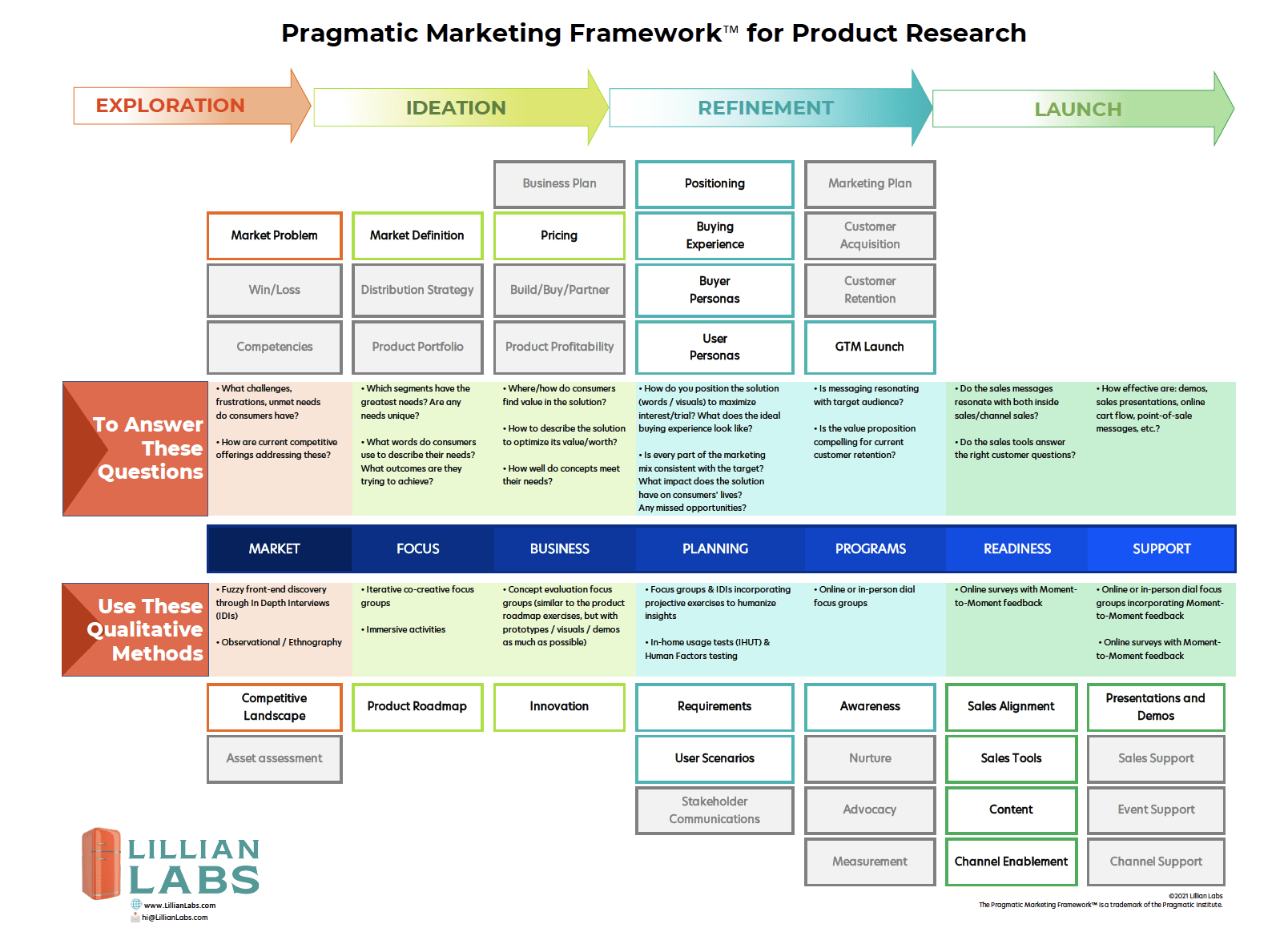What Can Butter Teach Us About Meeting Customer Needs With New Product Research?

the market
Back in the early 1950’s, homemakers had a lot of complaints about store-bought bread. They would complain that their knives would rip through the bread when they put butter on it. “We need bread that is stronger, that can withstand the pressure of the knife. Give us more gluten in the flour.” That was the solution they suggested.
Meanwhile, Lillian Gilbreth (AKA “The Mother of Ergonomics”) decided to take an ethnographic approach.
“We need to go into their homes to fully understand this.” While there, Lillian began to notice a trend. She observed sticks of butter on countertops. She asked the homemakers why they weren’t being refrigerated, and got to the real issue.
Women were storing a stick of butter on the countertop so that it would be soft enough to spread without damaging their bread.
But, there was a compromise – they were concerned about the safety and spoilage of the butter, so they would throw it away after a few days, concerned that it would make their family sick.

They don’t really want heartier bread, What they want is softer butter.– Lillian Gilbreth Finding
At the same time, food scientists were developing technology to make oil-based spreads that were softer than butter. They tasted close to butter and were a suitable replacement for baking, but those homemakers that appreciated the rich flavor of pure butter could tell the difference, and they were not amused.
This would solve their bread problem, but still wouldn’t give them what they really wanted.

focus
Lillian looked to the complete kitchen environment for potential solutions. “If only the butter could be stored in the refrigerator for the long term, but not get so cold that it is hard to spread, these consumers’ frustrations would be eliminated.” She was inspired to create a warmer refrigerated area.
business
Lillian came up with the idea of adding a butter compartment to the doors of refrigerators. This area wasn’t as cold as the interior of the refrigerator, but was cool enough to prevent spoilage. She then created prototypes that she shared in co-creative focus groups. The winning prototype included a tray that the butter rested on, so it could easily be removed without making a mess.


planning
She worked with consumers to identify the ideal temperature range for spreading butter (requirements). They also investigated other ways in-door storage could provide benefits, such as for storing eggs.
Programs, Readiness, & Support
Lillian and her team tested the effectiveness of ads and sales demonstrations by showing different versions and watching consumers’ reactions.
By observing respondents’ expressions and body language, she could determine the language and visuals that were most effective.
If only she had access to dial testing, she could have done this part of the research much more efficiently!

Lillian always believed in going straight to the source (the consumer) for inspiration. Though her career pre-dates the “Pragmatic Marketing” framework, she inherently understood the principles and put them to effective use.
Curious where concept and prototype research fits into your Pragmatic Marketing Framework? We’ve mapped it out for you. You can download it below
(This story is inspired by my husband’s late grandmother, Harriett, who lived to be 96. She still had a refrigerator that was 50+ years old, and she wouldn’t part with it because it had a butter compartment in the door that kept her butter at the perfect temperature!)
Not all research is created equal.
And since product research is our forte, ping us if you need any guidance between your Fuzzy front-end and GTM.




